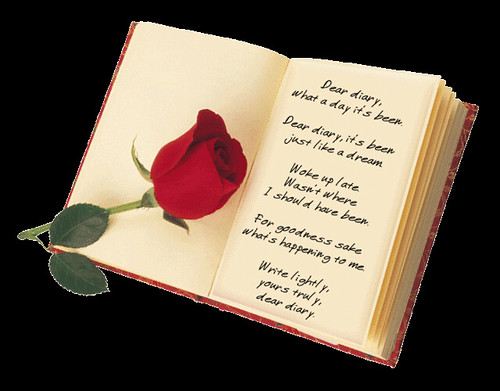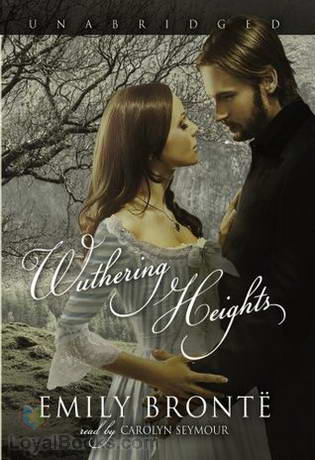Some stories are so ancient and so popular, they don't just come back once. Some of them keep coming back through the years, sometimes in the same medium and sometimes in brand-new ones. Homer's The Odyssey is required reading for many, considered to be a can't-miss by some...and literally older than Christianity itself.
The Original
Scholars believe The Odyssey was written by Homer, somewhere in the Greek coastal region of Anatolia, perhaps near the end of the 8th century BC. It's so old, it's hard to know exactly where or when it came from, but it seems to be a continuation of the story Homer began in The Iliad. It's an epic poem, a form of writing that used to be popular many years ago, and it's been read by a great many people who attended school...because they're made to do so.
The story revolves around Odysseus, who is trying to return to his home at the end of the Trojan War, which has lasted for 10 years. He has been fighting in the war for a decade, and his journey home has taken him 10 more years. In his absence, his wife Penelope believes him dead and is contending with several suitors who are vying for her hand.
The gods on Mount Olympus are interested in him, and attempt to help his family learn the truth that he is still alive and seeking them. Much happens here, but it's all quite convoluted and involves the journey of Odysseus's son.
Odysseus, meanwhile, has been trapped by the witch Calypso. She's in love with him, but he's not that into her. It's not until Hermes, messenger of the gods, arrives to persuade her that she releases him. Odysseus escapes in a raft, but the sea god Poseidon discovers his escape and wrecks the small craft. Odysseus swims alone, naked, to the island of Sherie. He finds help thanks to a girl named Nausicaa. During dinner, the famous tale of the Trojan Horse is told, and Odysseus admits his real identity and his leading part in this well-known ploy.
A long telling of his various adventures follows, including the incident where the witch Circe turns most of his men into pigs. He avoided the deadly sirens by having his men lash him to the mast of his ship, so he could hear their song but would not drown himself in the sea in trying to reach them. His ship was wrecked when his men offend Zeus, and eventually he fell into Calypso's hands.
His tragic tale convinces his newfound friends to help him get home. They take him at night to a harbor on Ithaca, where he disguises himself as a beggar to spy upon his own household. His son arrives back home, but of course does not recognize his father (because he's only 20, and Odysseus has been gone 20 years). Odysseus is eventually found out by a maid who recognizes a scar upon his foot, but he swears her to secrecy so he can continue spying upon his wife, Penelope, and her many suitors.
At a competition among all the suitors the next day, Odysseus wins. He celebrates by killing all of the suitors, hanging 12 of his household maids and mutilating a man who once mocked him. The land at peace, the couple reunited, the story ends...but not for long.
Centuries later, other writers would take Homer's well-known story and re-write it in their own way.
The Remake
Famed Irish author James Joyce tackled the same subject matter in his famous work, Ulysses. First published in entirety in 1922, this book details the story of Leopold Bloom through the city of Dublin. Though it sounds far-removed from the shores of Ithaca, the story very closely parallels The Odyssey, something Joyce intended when he wrote it. His hope for the book was that it would become "immortal."
And it is.
Told in 18 parts, or episodes, Ulysses is very humorous, stuffed with puns, parodies and unique writing techniques that make Joyce a hot subject of study even today. It's considered, to this day, to be one of the best English-language novels ever written. Each one of the episodes of the books corresponds to something from The Odyssey, but it takes place in what was then-modern Ireland and uses recognizable names, like Stephen and Haines. It's laid out precisely to follow Homer's epic poem, and each episode is given a title that corresponds to a character or event in the original. The hero Leopold does quite normal things, like go to the pub to have a sandwich and wine, and visits the museum to look at statues of Greek goddesses.
At the end of the story, Leopold (Odysseus) and Molly (Penelope) are together and she remembers the day he originally proposed to her.
The Third Time Around?
The 1920s happened a long time ago, and the world has changed again and again. The Odyssey isn't a tale that can appear in just one century, or two. It's appeared in fiction books much more recently as Cold Mountain.
The story itself takes place during the American Civil War, but it was written only 15 years ago. This time, the hero is Confederate deserter W.P. Inman, who is wounded and sick of war. He attempts for months to return to Ada Monroe, his lady love. The book tells both their stories through alternating chapters. Though the two hardly knew each other before the war, Ada is Inman's driving ambition as he struggles to get back home to Cold Mountain. Throughout the book, Homer-style, flashbacks of their past are shown to the reader.
Like Odysseus, Inman must face many perils. He overcomes terrible weather (which might have been sent by Poseidon), starvation, harassment and dangerous people who know no laws. Like Odysseus, he is helped at intervals by strangers and eventually does find his way back to Ada's side. The book was turned into a movie starring Jude Law, Renee Zellweger and Nicole Kidman. You can see another version of the The Odyssey on film thanks to O Brother, Where Art Thou?, which is admittedly somewhat loosely based on the original epic poem.































